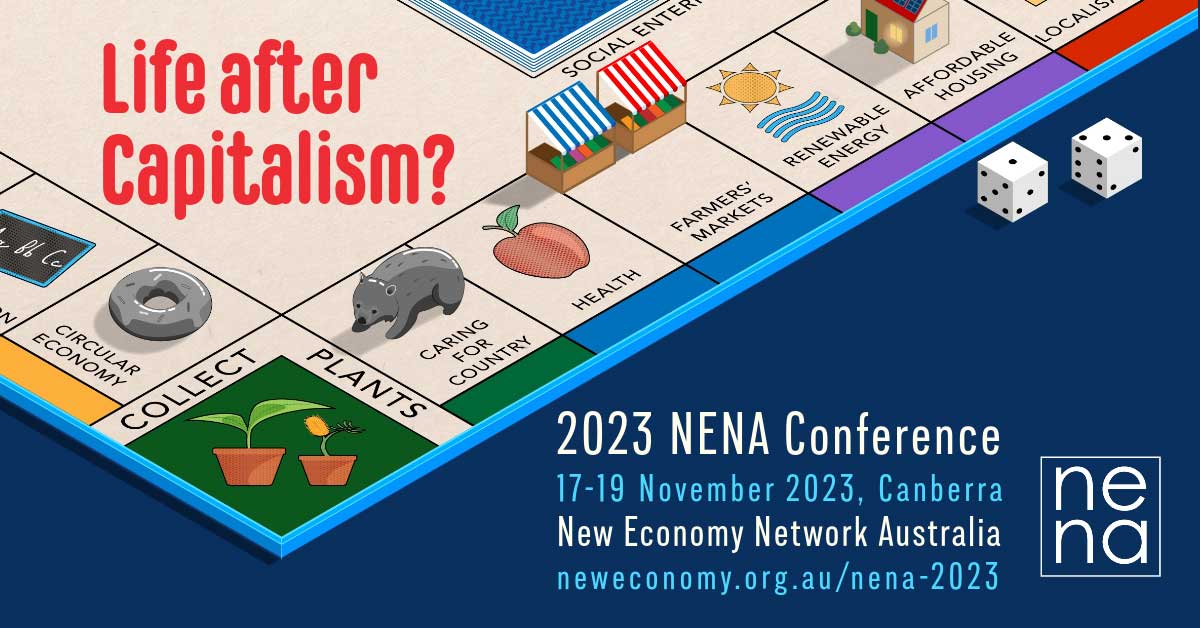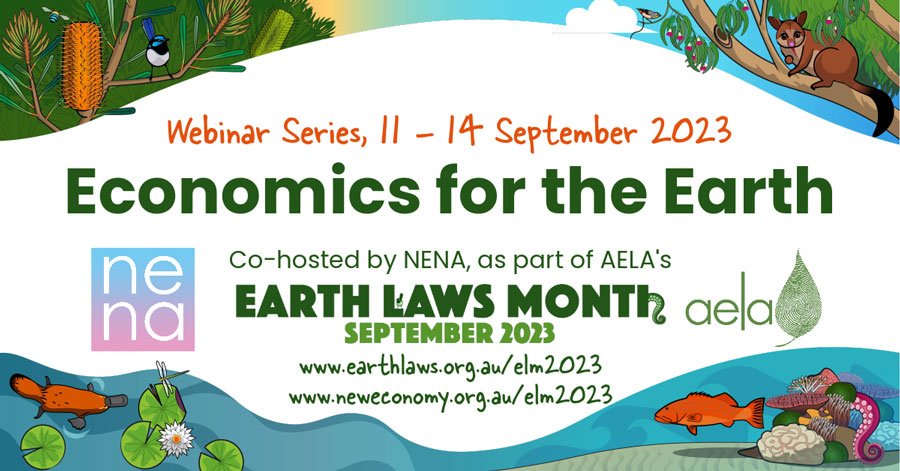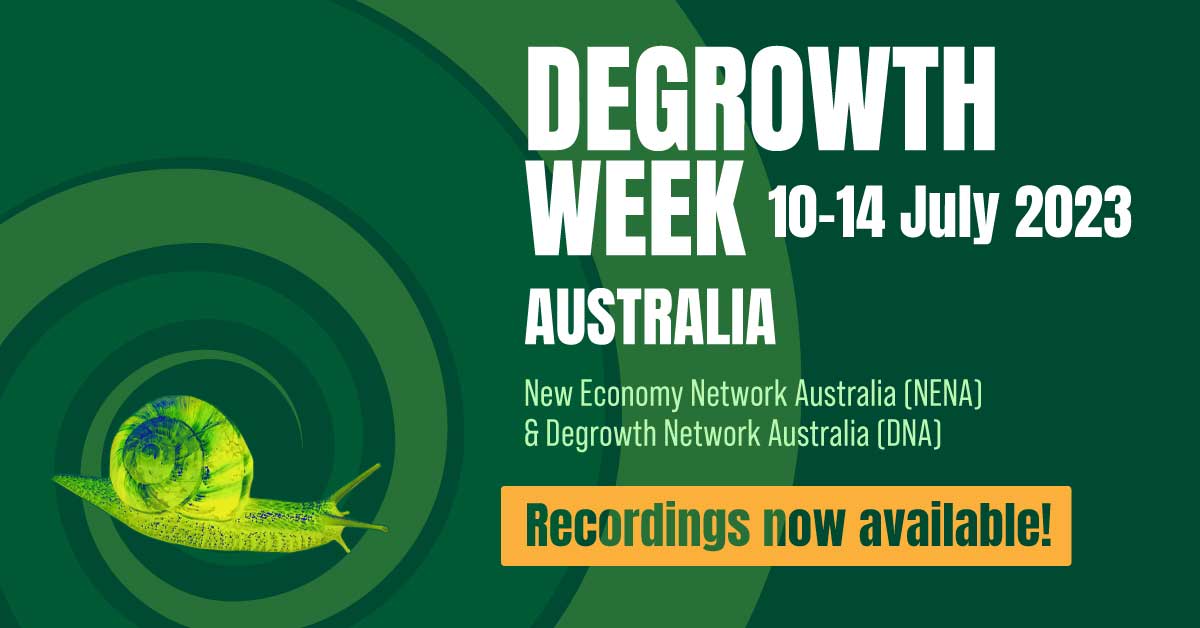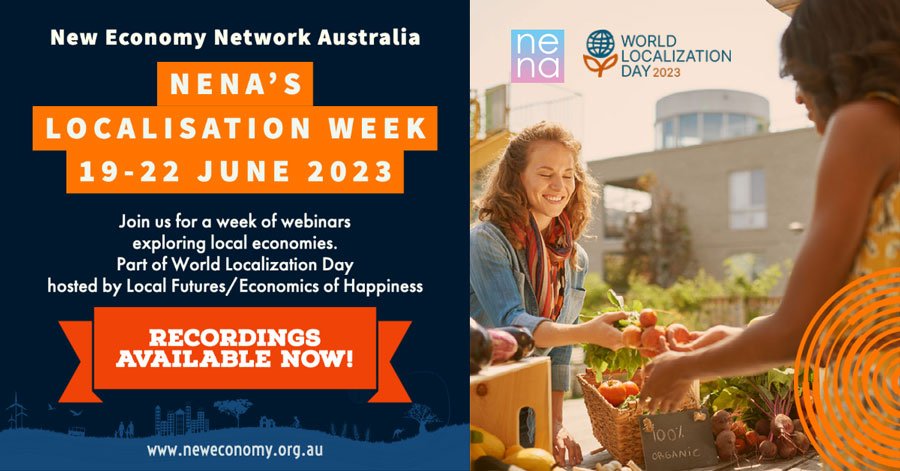Until recently, before planes landed at South Tarawa, a guard was radioed to clear the runway of sleeping dogs and pigs baking in the equatorial sun. Now there is a fence. Progress is coming to the Pacific nation of Kiribati. Even so, no tall buildings obstruct my plane’s descent, and once its wheels make contact with the hot bitumen, the pilot must heave the craft into full reverse, lest it skid over the crushed rock retaining wall and plunge into the lagoon to vanish, boiling beneath the unreal shade of blue.
The capital of Kiribati is South Tarawa - a 40 km long atoll that is only a few hundred metres wide at any point. There are no taxis or buses per se, only rusted private vans, that race back and forth along the one road sealed just last year. I find a van blaring Bob Marley through the tinny speaker and perch my bag on my lap. I can feel the sweat patches bloom like continents through my shirt. My neighbour is wearing a Metallica t-shirt. He looks up from his phone. “Mauri!” he says and beams a wide smile.
Outside, village life streams by: below leaning palm trees, creepers tug at the rusted out hulls of car wrecks kept for parts - it takes so long to get anything imported. Then thatched huts and cinder block shacks clustered into villages. People amble back and forth by that one road where they stop to chat or lie in hammocks strung between palms. All of it, in every direction, is foregrounded by the sea. It’s how remoteness is sensed - all views are oceans views, the horizon is always in sight.
If you have recently heard about Kiribati (pronounced Kee-ree-bus) it is probably as the first casualty of climate change. According to the World Bank, by mid-2050 half of South Tarawa will be submerged. This land is already stretched to the limit - its population density similar to Tokyo. And while research offers hope that coral atolls are dynamic structures capable of adapting to rising sea levels, there is no guarantee continued habitation will be possible. Once salt infiltrates the thin water table, the shading foliage will die off. Seas are rising. Already, this year’s King Tide brought waters to many doorsteps and beyond.
The previous president, Anote Tong, toured the various camps at the 2015 Paris Climate Summit with a desperate plea: leaders of industrialised nations must curb carbon emissions lest his country perish. He also hedged his bets by buying an island off Fiji to resettle the population. With emissions still rising, this seems a shrewd move.
Taneti Mamau, the current President, has taken a different tack. Sick of being told he is the leader of a moribund nation, he is acutely aware that the narrative set by his predecessor might threaten foreign investment. If he cannot control it, at least he can stem the doom and gloom. All visiting journalists must now apply for an expensive press pass. No local climate activists will meet me without one, although some agree to chat over the phone but only once I am back in Australia. I applied weeks ago but haven’t heard back despite repeated prodding. I know the authorities aren’t messing around -- last year Swiss filmmaker Matthieu Rytz was detained and deported for shooting without a permit. Officially, I am here working in international development, writing software at the main hospital but I am still free to talk to as many locals as I can, and to observe.
It is a mental feat to think about repression or censorship as idyllic tableaus of island life sail by outside. Soon, our van stops at the Moroni High School. The buildings are double stacked demountables with veneers of corrugated iron that look distinctly Australian. The bell has rung and students in pressed white uniforms cascade out through the entrance gate flanked by concrete pillars sporting the kangaroos of the now-defunct AusAid. Students have dedicated flatbed trucks but the adult bus is considered cooler. They pile in, most having to stand and duck below the low roof. They smile at each other, at the awkwardness of our situation. The interior gets clammy as we pull off past a big sign that states that Moroni High was built with Australian aid. What sort of future can these children expect thanks to us, their industrialised neighbour?
Australia’s presence here is like looking homeward the wrong way through a telescope. Australian longlife milk is poured on shipped in Weet-bix and paid for with Australian dollars withdrawn from ANZ ATMs. The Australian High Commission is a compound with tennis courts, clipped lawns and a glittering pool -- it lies behind a tall fence in stark contrast to the general squalor of island life. Almost every foreigner here works in international aid. There is a three way arm wrestle for influence between Australia, New Zealand and Taiwan; judging by scale and number of projects, Australia seems to be winning. Chinese money and quid-pro-quo state run business lurks in the background even if it has not yet landed on Kiribati’s shores.
Australia gives with one hand while the other remains poised to take it all away. The danger of climate change looms throughout the Pacific and poses an existential threat to millennia-old cultures. Kiribati, for instance, is a melanesian culture that could be up to 3,000 years old. Should an evacuation be required, the people would survive --- they could move to Australia and “pick our fruit” as deputy Prime Minister Michael McCormack graciously suggested. But this life belongs to archipelagos of equatorial coral atolls. Recreating it somewhere else would be near impossible. Over a crackling phone line, I spoke with Kiribati Climate Action Network president Pelenise Alfoa who told me she believed their culture could adapt, but only within limits: “We can sing, we can dance, we can tell stories, we can weave nets but we can be weaving something else… when we talk about migration it means we really have no hope.”
In the end, I never heard back about the press pass, but I spoke with enough locals to understand that in the face of an existential threat to a way of life, hope was a choice. It could be found in many places. At a church service, a priest earnestly prayed for divine intervention. An elderly gentleman named Richard had read widely and believed in a coral atoll’s ability to grow and expand with rising seas. Pelenise, the climate activist I spoke with on the phone, stoically refused to conceive of global apathy on this scale. The world must see reason. Occasionally she lapsed into despair and rage before composing herself - the response I understood the best.
I was speaking to them as a citizen of an industrialised nation that their former President had begged for help. We had promised to act for decades but had done nothing, yet I received no hostility. When I asked why, I was simply told that Kiribati is so remote that travellers are always welcome.
It’s amazing this goodwill has lasted this long. After decades of living on borrowed time the bill has finally arrived to be settled. In the Pacific, weather and disease patterns are already shifting while in the Northern hemisphere glaciers are disappearing. Symbolic watersheds like our dying Great Barrier Reef are passing thick and fast. Based on August’s Pacific Island Forum held in neighbouring Tuvalu, it has become clear that Australia’s regional credibility has been undermined by our inaction. Language of geopolitical self-interest disguises the moral cost of our responsibility, in part at least, for extinguishing cultures within the Pacific. The proportion of our responsibility has been hidden behind our relatively minor contribution to global emissions, all the while we have been living off the wealth generated by being the third largest exporter of coal. At the forum, Scott Morrison’s promise of $500 million in aid was received as an insult by many national Pacific leaders. This is our neighbourhood and we are the cashed-up bogans running amok.
We are a self-conscious nation, historically concerned with how we are perceived on the world stage. It is moments like the Pacific Island Forum that transcend the present and provide us with a glimpse of how the future will look back on our time. It is not pretty. Not only will our descendents have to deal with the aftermath of climate change, which is already having a devastating impact on the Australian continent, but it will be them that bear the moral burden of ruining unique cultures like that of Kiribati and other Pacific nations, nations with no real carbon emitting industries of their own. Any case for mitigation of our responsibility is flimsy at best. Unlike previous blights on our record, we cannot claim ignorance or good intentions gone awry. Climate denialism has faltered, its legitimacy emptied for all but Newscorp columnists and nuts dwelling on the internet’s fringes. Perhaps this will be the first of our national tragedies we enter with our eyes fully peeled. And yet even now real action seems far away.
When I returned to Melbourne, the country was in the grips of election fever - the fateful climate election. Billboards, bus stops and trams all conveyed the smiling faces of politicians running for Melbourne seats, almost all on the record as stating they would take decisive action on humanity’s greatest moral obligation. The national news told a different story, that of a country divided. A piece of street art in Melbourne sums up the sentiment better than all the shrieking headlines. Entitled “Two Face” it depicts two images of the opposition leader Bill Shorten, the first in a straw hat, Palestinian keffiyeh holding a keep cup with a speech bubble asking if the “coal is vegan”. The other Bill Shorten is in high viz, a hardhat, holding a can of XXXX. This Bill says “Yeah nah Queensland Jobs MOIT! How about that Thurston Aye?”
While this is clearly a comment on the impossibly thin line that Labor had to walk to keep both inner-city voters and its traditional blue collar base happy, this thinness betrays the popular sense that our country is fundamentally divided, even on issues as universal as climate change. On social media all sources pointed to a resounding victory for the climate but when I asked a relative in Queensland what he thought, he unwittingly echoed that piece of street art: “Melbourne is not Australia” he said. It was clear I could not escape my digital bubble, no matter how hard I Googled.
While the Latrobe Valley is only 150 kilometres East of Melbourne, it is the heart of Victoria’s coal country. Cresting the rise on the Monash Highway, just past Drouin, the valley floor is laid out through your front windscreen flat with fields like squares on an immense board game. 30 million years ago it was all bubbling swamp. It still steams today, only now from the many power station cooling towers. The far horizon is smudged by smog that hangs in the air while power lines slice in every direction. Further along, the town of Morwell sits precariously on the edge of the Hazelwood mine, a yawning ashen grey gouge, its brown coal innards, banked in the Oligocene period, have been excavated over the past 60 years. Resting like a model on the far side is Hazelwood power station, dormant since 2017.
I have reported there more times than I can count. The town of Morwell is a poster child for deindustrialisation. Like many journalists, I had first arrived in 2017, in the wake of Trump’s election, expecting to find a baying population ready to elect their own populist saviour. The Latrobe Valley matches the profile of a place like Harlan County in Kentucky, where 85% had voted for Trump. Both were hard bitten coal mining communities that had undergone decades of unemployment. Both felt neglected by mainstream politics but for very different reasons.
For those old enough to remember the Latrobe Valley during the decades of the State Electricity Commission of Victoria (SECV), it is often nostalgically recalled as a worker’s utopia. In order to build post-WW1 Victorian industry you needed power and this meant jobs. The SECV also played a paternal role within the local community. “If you needed a TV, you didn’t go to the shops - you went to the SECV,” one ex-worker recounted.
During the sweep of economic rationalism of the 90s, the SECV was sold off to private foreign companies, 7,800 jobs were lost and many workers given a golden handshake simply upped and left. For those who stayed, the money was quickly spent and the local economy fell into decline. House prices dipped as low as $16,000. The community that had been swaddled in the SECV’s lap had no tradition of self-reliance. Morwell had suffered from 25 years of record unemployment with the social disaffection, elevated rates of drug use, domestic violence and suicide that accompanied it. The Latrobe Valley had had too many promises broken by fly-in-fly-out politicians. Their cynicism culminated after the 2015 Hazelwood mine fire. This fire burned for 45 days as smoke blanketed Morwell. Inhabitants were told it was safe if they stayed indoors. An inquiry concluded that there is a high probability that 11 people died as a result of air pollution from the fire. All in all, they had reason to be mad.
Yet when I arrived to find a population dispossessed of their pride, wanting to burn it all down just to be heard, I was sorely disappointed. Instead, I found locals with the character to fight and transform tragedy and hardship into opportunity. Local activist Wendy Farmer had founded Voices of the Valley and marched on state parliament with a placard demanding justice for the locals that died from the Fire, Tracie Lund had run as an Independent to upset the incumbent Nationals leader turning Morwell into a marginal seat while ex-Hazelwood operator Mark Richards had come through the unions to run for Labor and demand workers be given a fair transition from coal. They all understood that coal’s days were numbered. They and the community they represented had lost so much and stood to lose even more from its end. All they asked for was to be included in the future vision of Australia, not to be discarded as they had been in the past. Their continued investment in our system could represent either Australia’s democratic resilience or hope and perseverance embedded deep within our national character.
I had travelled to the Latrobe Valley to witness the culture wars as they appeared in the papers. Climate change was a chain reaction. Coal burned here was destroying Kiribati there. Now, it seems an absurdly reductive conclusion but I was not the only one to reach it. In 2009, 500 protesters, mostly Melbournians arrived sporting placards saying “Shut down Hazelwood!” and staged a mock closure of the dirtiest power station in the Southern hemisphere. They did not seem to register that they too used power generated here, nor did they seem to care about the community affected by its closure. Even a decade later, I heard it time and again described by Valley locals as a “kick in the guts”.
Climate change has revealed how Australian society is held hostage by a combative media narrative. It misrepresents the demand that Australians have for action. Poll after poll reveal the overwhelming majority of us want genuine action and are happy to make sacrifices to attain it. The Australian Institute Climate of the Nation report of September 2019 showed 81% of Australians were “concerned that climate change will result in more droughts and flooding.” 64% were asking for a target of zero carbon emissions by 2050.
The last time Australians demanded this level of action on climate change was in 2008. Kevin Rudd was elected on a mandate to take decisive action and faltered thanks to his own bullheaded leadership style. By the time Julia Gillard replaced Rudd, the opportunity had been squandered. The issue of climate action had become confused by the mobilisation of a powerful smear campaign from Murdoch’s papers and climate denialism generated by the mining industry and lobbying groups.
These three pillars have spectacularly succeeded in opposing action that most Australians want. The preexisting fault lines widened in the process run between city and bush, left and right, white and blue collar. Even outside the Murdoch sphere, the media - be it the defanged ABC, struggling Fairfax or focused Guardian - all have conceded that, in Australia, the centre is breaking down. In fact it is holding firm. The broad consensus not just on issues like climate change but also with same sex marriage, abortion and voluntary euthanasia reveal how much our fractured society is an invention. Australians are turning away from the two major parties not because we do not believe in consensus but because they have failed to achieve action.
It will be an awareness that division in Australia is by and large manufactured that will break its spell. Momentum is gathering at state level, within traditionally conservative strongholds like farmers and in places like the Latrobe Valley, Port Augusta or Newcastle that are demanding a transition to renewables. Thus far it has been the battle itself not the victor that lead to inaction.
In Kiribati I was told by Ataia, a fisherman and father of a six year old “We give everything away which is why nobody has anything!” He was only half joking. There is a resounding sense of communalism within Kiribati society. Perhaps this has evolved from looking out at the horizon for millenia and understanding instinctively that they are all floating on the same rock. Such awareness has become lost within the vast depths of our continent, but maybe it is time we brought something back in exchange for the Weet-Bix and the longlife milk.

















